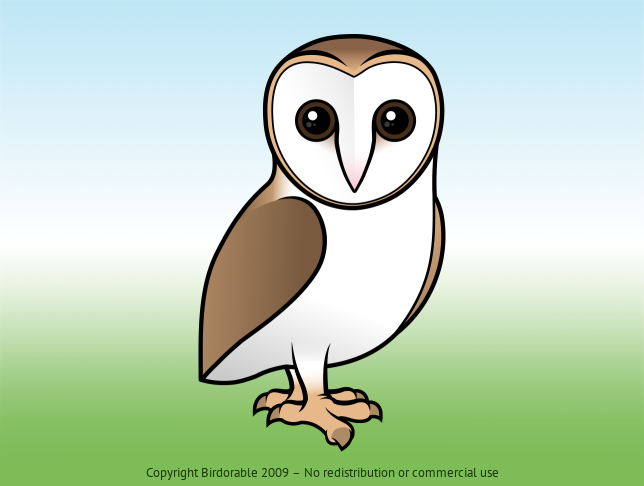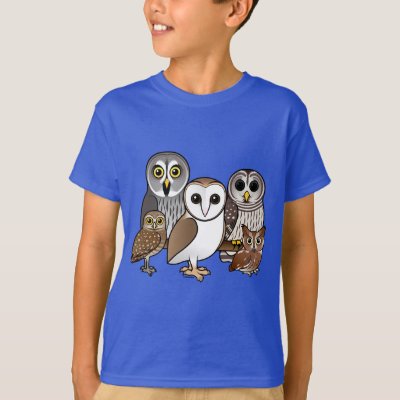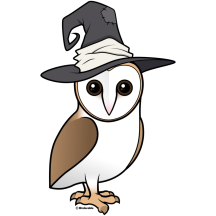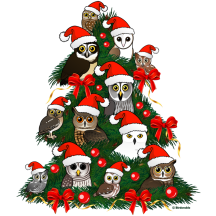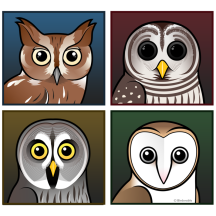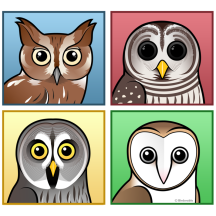Also known as: Common Barn Owl, White Owl, Silver Owl, Demon Owl, Ghost Owl, Death Owl, Night Owl, Rat Owl, Monkey-faced Owl, Church Owl, Cave Owl or Stone Owl. Golden Owl, Hissing Owl, Screech Owl
The Barn Owl is distinguished by its ghostly appearance, with a heart-shaped face and contrasting pale body against darker back and wings. These features are not just striking; they're also highly functional, aiding in its nocturnal hunting. The plumage not only provides excellent camouflage in low light but also minimizes sound during flight, allowing the owl to approach its prey silently.
Known for their rodent control abilities, Barn Owls feed primarily on mice and rats, which they locate using their exceptional hearing. Their flight is buoyant and noiseless, contributing to their reputation as effective nocturnal predators.
As a cosmopolitan bird, Barn Owls are found worldwide, preferring open landscapes such as farmlands, grasslands, and marshes where they can easily hunt. They often nest in barns and other quiet structures, hence their name. Adaptable to human presence, they play a vital role in controlling pest populations, benefiting farmers globally. Despite this, they face threats from habitat loss and pesticide use, which impact their food supply and nesting sites.

